Science on IQClub
History of Science
-
1905
The first-ever test for child’s intelligence assessment

Alfred Binet conducts a study Alfred Binet was the first who addressed the question of intelligence development and how to evaluate it in numerical terms. He tried to implement general laws in psychology and started with intelligence assessment. The study was carried out jointly with Théodore Simon, and testing was named the intelligence scale. These works enabled impartial evaluation of human intelligence.
-
1912
First IQ Test
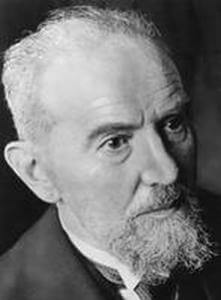
William Stern It is impossible to imagine today’s psychology without IQ tests. This term was introduced by William Stern who successfully improved a methodology developed by his colleagues. IQ tests present the mental development level numerically, and also determine deviations and the range of normal values.
-
1920
-
1940Psychology and Neuropsychology
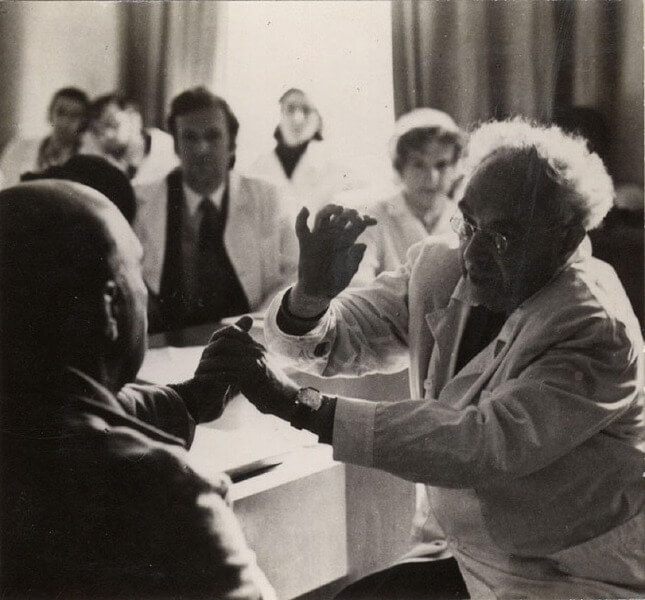
Alexander Luria conducts diagnostics 1920 were value-creating for development of psychology. Scientists were actively studying neuropsychology as a branch of medicine. This science studies mechanisms of damages in various brain sections that may lead to deterioration of cognitive functions.
-
1936
Raven’s Progressive Matrices
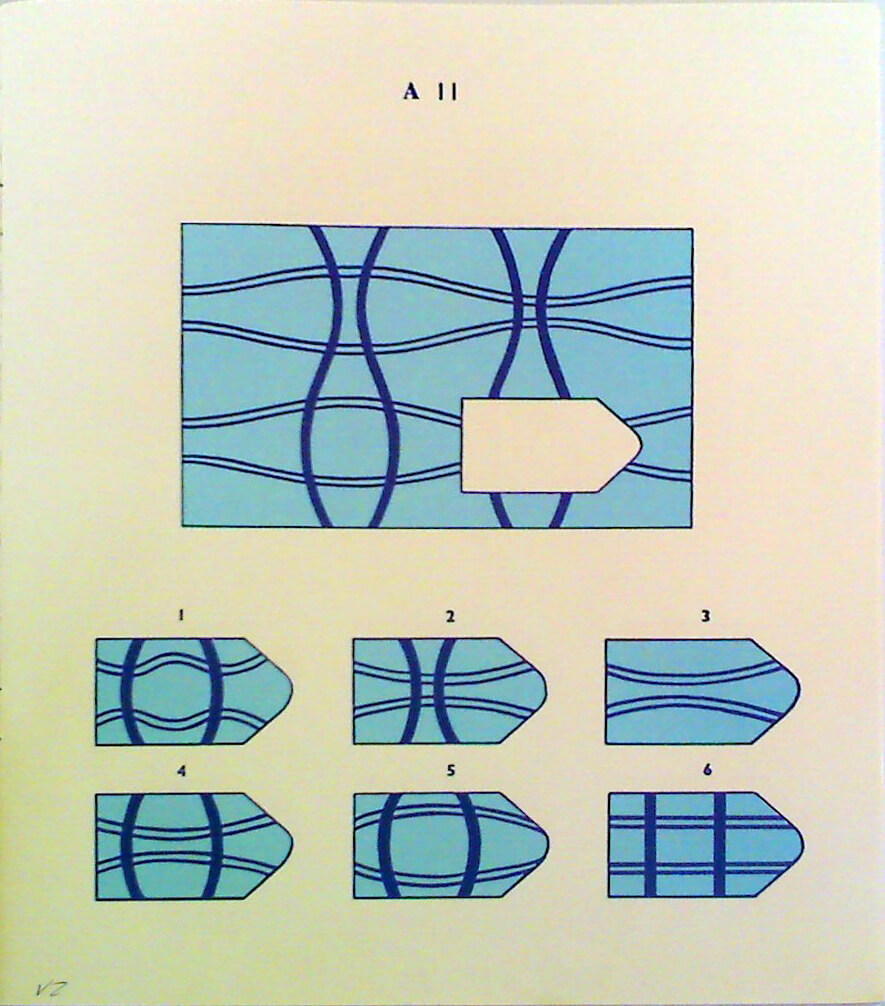
A Raven’s matrices case Every year, new tests designed for human intelligence evaluation appear. Realization of how mentality works enabled specialists to assess and develop it. In 1938, Raven and Penrose developed a test dedicated to evaluating logic skills and creative thinking. The test was appropriate for all people from small children to seniors. Within the Raven’s matrices test, an examinee is shown a set of cards with images on them. The images have certain relations that the examinee should found. The difficulty is adapted to the examinee age.
-
1939
Wechsler test, a prototype of a modern IQ test

Wechsler-Bellevue Intelligence Scale standard test set The first test that evaluated child’s mental level was developed by David Wechsler in 1939. 16 years later, the methodology was enhanced, and this way an analog of modern IQ testing was developed. Some tasks of the Wechsler test are used as children’s brain games even today.
-
1956
-
1959N-Back Task
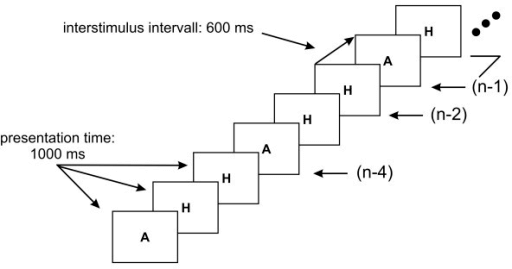
A Raven’s matrices case The method was originally developed to assess memory level of various-age people. The examinee is presented with a sequence of stimuli, and the task consists of indicating when the current stimulus matches the one from n steps earlier in the sequence. This way the examinee demonstrates information processing skills. The test is the most efficient memory improvement instrument even today, which also expands thinking horizons, making the examinee concentrate on both current and past events.
-
1958
Miller’s magic number 7±2
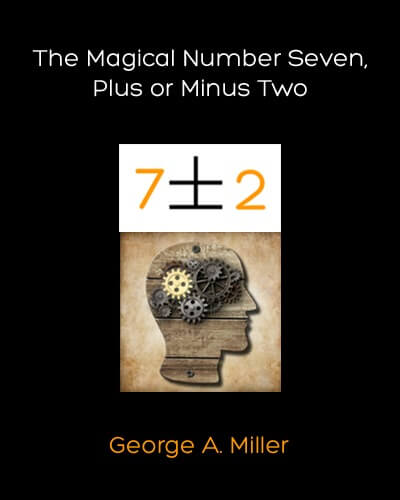
One of Miller’s book editions George Miller was the author of a noteworthy human memory study in which all the examinees showed the same results. His works helped find out that at the average, a person can immediately memorize 5 similar words, 7 letters, 8 decimal numbers, and 9 binary numbers. Miller’s book stated that human memory volume equals 7 bits. Up to now, these studies are used to efficiently develop memory of children and adults.
-
1969
Brain Flexibility Studies
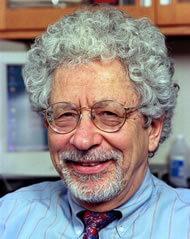
Paul Bach-y-Rita Paul Bach-y-Rita is the creator of a device that enhanced efficiency of rehabilitating people with partial brain damage. Attached to the tongue, the device improved equilibrium sense of people that suffered a cerebral accident. The device enabled the scientists to look at how brain works with a fresh sight, and start neuroplasticity studies. This term stands for brain’s flexibility and ability to evolve or change under the influence of various factors.
-
1970
First Memory Matrices. Corsi Block-Tapping Test
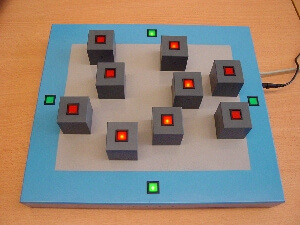
One of Corsi Block-Tapping Test Versions The effective development of visual memory and spatial thinking was developed by Corsi, who created a test with blocks. The essence of testing was as follows: a person chose square cubes in the order in which they were shown to him. Gradually, the Corsi problem was renamed memory matrices. This developing simulator is still one of the most popular. In our club you can play a version of this simulator adapted for children. Play Memory Matrices.
-
1974
Flanker Task
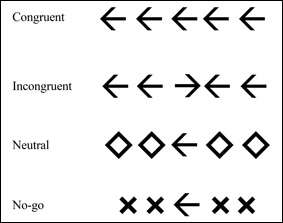
Flanker Task stimuli set example Testing allows you to assess and develop visual attention. A person evaluates the location of several objects in space simultaneously, and then chooses the main requested characteristic. Thus, the ability to notice the most important parameter improves, with the discarding of secondary ones. In this case, the queries in the test are constantly changing, which requires increased concentration and a high level of switching thinking
-
1990s
Popularity spike of brain training method

Brain fitness books At the turn of the last century, literature designed to enhance intelligence gain traction. First publications were Vernon’s and Mark’s books that gave birth to brain fitness.
-
2005
First brain games
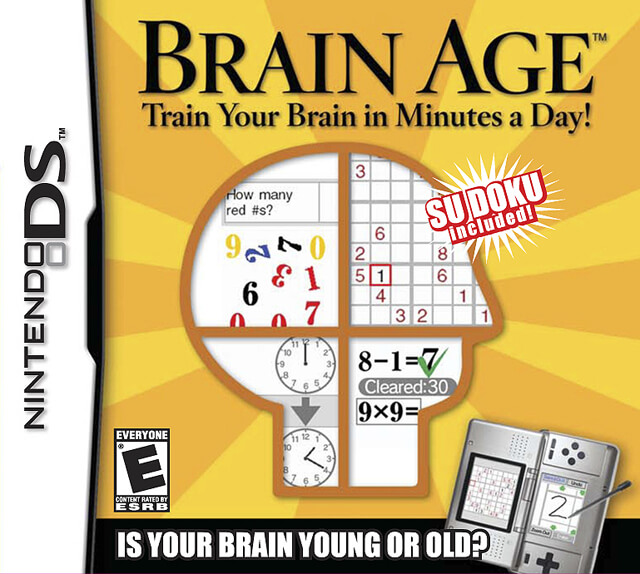
Brain Age: Train Your Brain in Minutes a Day First brain games appeared in 2005. The bundle included Japanese electronic puzzles, worthwhile math problems, and Stroop effect. The latter is an attention development test. In this test, the name of a color is printed in a color which is not denoted by the name.
-
2014
Develop memory, attention and thinking with games. In 2014, a group of scientists is launching a complex resource that allows training various parts of the brain. The site is rapidly becoming popular among users and in two years has already passed the mark of 250 thousand users. The success of the resource continues to grow thanks to the effectiveness of the developed individual training sessions.
-
2017
IQClub.com
BrainApps develops the stand-alone area focused on working with children. The service enhances intelligence of children — this development is mostly efficient during general personality formation.

